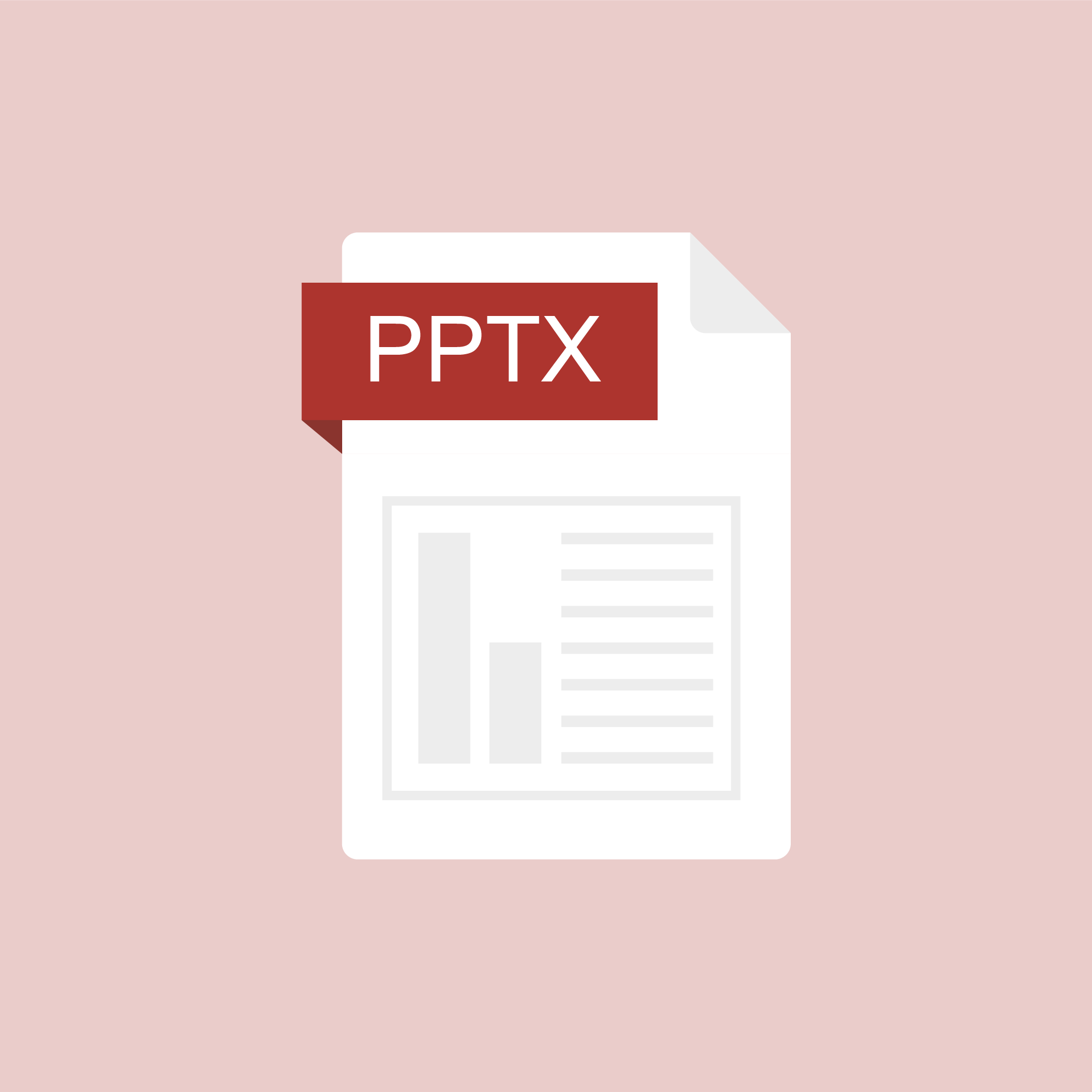Results for "environment"
90 Results
Edited:First, determine how many calories you need in your overall diet The easiest way to determine how many calories you need is to weigh yourself at least 3 times a week and record what you eat using a calorie tracking app. If your weight stays the same throughout the week, the amount of calories you eat is considered your “maintenance” level. You’re not losing or gaining weight but maintaining it. Aim to increaseTrusted Source your calorie intake by about 15% during your bulking phase. For example, if you eat 3,000 calories daily to maintain weight, you should eat around 3,450 calories daily (3,000 x 0.15 = 450) to bulk. Decrease your maintenance calories by about 15% to transition from a bulking to a cutting phase. In this example, you would consume 2,550 calories per day instead of 3,450. Plan to revisit your calorie goals every month to account for changes in your weight. Increase your calories as you gain weight in the bulking phase and decrease your calories as you lose weight in the cutting phase for continued progression.
By:
ken
Tuesday, Oct 14, 2025
AGRI-FOOD SYSTEMS
+1
Leave a comment
Test mobile post test
By:
Chanu
Monday, Sep 29, 2025
HEALTH AND NUTRITION
+1
Leave a comment
Smoke test post from android device through mobile app .....
By:
Anne miller New vijayalaxmi santosh mhetre mali
Monday, Sep 29, 2025
AGRI-FOOD SYSTEMS
+7
Leave a comment
Agile methodology is a flexible, iterative project management approach that prioritizes continuous feedback, adaptability, and collaboration over rigid, linear plans. Originating in software development,https://brill.com/view/journals/jamh/jamh-overview.xml?contents=editorialcontent-62994
By:
Anne miller New vijayalaxmi santosh mhetre mali
Friday, Sep 26, 2025
AGRI-FOOD SYSTEMS
+1

Leave a comment
Agile methodology is a flexible, iterative project management approach that prioritizes continuous feedback, adaptability, and collaboration over rigid, linear plans. Originating in software development, it involves completing projects in small, fast-paced cycles, known as increments, with frequent releases of functional products. Guided by the values in the Agile Manifesto, whichemphasizes working software, customer collaboration, and responding to change, Agile serves as an umbrella term for various specific frameworks like Scrum and Kanban. Key Characteristics Iterative and Incremental: Work is broken into short development cycles (sprints), and usable parts of the product are delivered quickly and frequently. Customer-Centric: Strong focus on customer satisfaction and continuous collaboration with stakeholders to gather feedback. Flexibility and Adaptability: The ability to respond quickly to changing requirements and market conditions is a core benefit. Collaboration and Self-Organization: Cross-functional teams work closely together and are empowered to self-organize to complete tasks. Continuous Improvement: Teams regularly reflect on their processes and adapt their behavior to become more effective.https://www.geeksforgeeks.org/software-testing/what-is-agile-methodology/ https://asana.com/resources/agile-methodology https://www.wrike.com/project-management-guide/faq/what-is-agile-methodology-in-project-management/
By:
Anne miller New vijayalaxmi santosh mhetre mali
Monday, Sep 22, 2025
AGRI-FOOD SYSTEMS
+3
Leave a comment
JAMH Call for Papers Journal of African Military History - Special Issue: New Histories of the Southern African Liberation Struggles The intertwined wars to bring majority-rule to the Southern African states are rightfully understood in African history both as the triumphs of pan-African solidarity and complex events that interwove both local struggles for authority and global ideological competition. Initial nationalist histories traced the rise and political activities of the liberation fronts while more global views explored the cooperation of African actors with international patrons such as Russia, China, and Cuba in their attempts to leverage Cold War dynamics in an effort to attain their freedom. These often ultimately proved to be more official histories that played up the successes of the liberation struggles against the white redoubt countries as well as the international and Pan-African cooperation that allowed these successes However, the past decade has seen the continued expansion of historical inquiry into these conflicts. Both on the continent and abroad, critical archives have been opened and their documentation being woven into the historical narratives of the conflicts, such as the emergent work on the ALCORA exercises by Robert McNamara and Felipe Rebeiro de Meneses. Access to a plethora of previously unreachable or forgotten interview subjects has established new narratives of the struggles themselves, such as in the works of Joanne MacGregor, Joceylyn Alexander, Christian Williams, or Marc Thomas Howard. Topics that had not previous been studied in a systemic way, such as African participation in the struggles against the liberation fronts or the logistics of sustaining the far-flung struggles, have been explored, establishing new bodies of knowledge about these complex conflicts. Simply put, while there have been published historical narratives and knowledge about these struggles since the days of their waging, newer work has both enhanced and expanded on these early publications and there remains more new scholarship emerging. The intent of this special issue is continuing these efforts and publishing new scholarly aaptest1@yahoo.com perspectives on the planning, waging, and inherited narratives of the struggles for the final liberation of Africa while at the same time uncovering varied aspects of these intertwined conflicts which have received little or no previous scholarly attention We are particularly interested in contributions exploring the following topics regarding either side of the conflict aaptest.en1@gmail.com : - Internal alliances and military cooperation; - Operational planning and direct military engagements; - Recruitment, mobilization and manpower; - Veterans and demobilization; - Labor, industry and sustainment of the struggles; - Gender, masculinity, and the role of women; - Resistance, political activism and interment; - Propaganda, espionage and counterintelligence; - External coAAP_test@outlook.com nnections and interactions; - Legacy, commemoration and historical memory; The special issue will consider articles submitted in English. If you are interested in proposing a paper on these or any other topics, please contact Dr Charles Thomas (charles.thomas.40@au.af.edu ) or Dr. Bafumiki Mocheregwa (bafumiki.mocheregwa@usm.edu ). Abstracts should be submitted by 30 November 2025, with completed essays due by 31 April 2026. Scholars interested in vijayalaxmi@venturit.com editing future special issues should contact the journal’s managing editors, Roy Doron and Charles G Thomas at doronrs@wssu.edu and charles.thomas.40@au.af.edu Contact Information Dr Charles Thomas (charles.thomas.40@au.af.edu ) or Dr. Bafumiki Mocheregwa (bafumiki.mocheregwa@usm.edu ) Contact Email charles.thomas.40@au.af.edu URL: https://brill.com/view/journals/jamh/jamh-overview.xml?contents=editorialcontent-62994 malivijaya975@gmail.com
By:
Anne miller New vijayalaxmi santosh mhetre mali
Tuesday, Sep 23, 2025
WATER, ENERGY, AND THE ENVIRONMENT
+1

Leave a comment
But we all share that ongoing sense of excitement each time we take out our telescopes and gaze directly at the cosmos above us. We feel we are looking at the very dawn of time. And in light of the issues with the speed of light which means that many of the twinkling stars out there are really light from those stars that started their journey to us thousands of years ago, we are in actually looking directly at the past every time we direct our eyes skyward. info@anapri.net But we don’t have to worry about ever conquering the final frontier and finding our curiosity satisfied. There will always be more to learn and discover in the world of astronomy. And it is likely that mankind’s curiosity about astronomy is just as limitless as well.info@anapri.net info@anapri.net
By:
Anne miller New vijayalaxmi santosh mhetre mali
Thursday, Sep 11, 2025
AGRI-FOOD SYSTEMS
+1
Leave a comment
A healthy diet helps to protect against malnutrition in all its forms, as well as noncommunicable diseases (NCDs), including diabetes, heart disease, stroke and cancer.--- YT normal link
https://www.who.int/news-room/fact-sheets/detail/healthy-diet — Normaal website URL
Unhealthy diet and lack of physical activity are leading global risks to health. Healthy dietary practices start early in life – breastfeeding fosters healthy growth and improves cognitive development, and may have longer term health benefits such as reducing the risk of becoming overweight or obese and developing NCDs later in life. Energy intake (calories) should be in balance with energy expenditure. To avoid unhealthy weight gain, total fat should not exceed 30% of total energy intake (1, 2, 3). Intake of saturated fats should be less than 10% of total energy intake, and intake of trans-fats less than 1% of total energy intake, with a shift in fat consumption away from saturated fats and trans-fats to unsaturated fats (3), and towards the goal of eliminating industrially-produced trans-fats (4, 5, 6). Limiting intake of free sugars to less than 10% of total energy intake (2, 7) is part of a healthy diet. A further reduction to less than 5% of total energy intake is suggested for additional health benefits (7). Keeping salt intake to less than 5 g per day (equivalent to sodium intake of less than 2 g per day) helps to prevent hypertension, and reduces the risk of heart disease and stroke in the adult population (8). WHO Member States have agreed to reduce the global population’s intake of salt by 30% by 2025; they have also agreed to halt the rise in diabetes and obesity in adults and adolescents as well as in childhood overweight by 2025 (9, 10).
By:
Anne miller New vijayalaxmi santosh mhetre mali
Friday, Aug 22, 2025
WATER, ENERGY, AND THE ENVIRONMENT
Leave a comment
Post with Facebook short URL in description
https://www.facebook.com/share/v/19keXmbPhq/
Developing self-awareness and emotional intelligence:
Understanding one's own emotions and those of others, managing stress and anxiety, and building healthy relationships are crucial components.
Enhancing critical thinking and problem-solving:
Learning to analyze information, identify problems, and develop effective solutions is essential for navigating complex situations.
Improving communication and interpersonal skills:
Effective communication, both verbal and nonverbal, is vital for building strong relationships and resolving conflicts.
Promoting decision-making and goal-setting:
Learning to make informed decisions, set realistic goals, and develop plans to achieve them are important
By:
Anne miller New vijayalaxmi santosh mhetre mali
Friday, Aug 8, 2025
WATER, ENERGY, AND THE ENVIRONMENT
+1
No Preview Available
Leave a comment
At this extreme moment, we began working from home, away from campus, and keeping social distance for as many people as possible. As we stay home and are stuck with the foods that have been in our fridge or pantry for a while, we are temporarily living a sedentary lifestyle with increased odds of physical inactivity, excessive eating and sitting, stress, anxiety, and depression. In particular, many of us will gain some weight during the pandemic and may keep the extra weight permanently, which may carry considerable health risks for type 2 diabetes, hypertension, heart attack, stroke, and other health problems.
By:
Vijayalaxmi Santosh Mhetre
Friday, May 9, 2025
CULTURE AND SOCIETY
+3

Leave a comment
Parents and teachers can share information with one another if they work together to plan behavioral and academic strategies for the student.
Parents can offer information about the child-including the child's medical history, hobbies and interests, effective reinforcers, and behavior in other settings-that may inform the decisions made by the teacher and other members of the IEP team.
The teacher can keep parents informed about their child's progress, performance, and behavior in school.
If the child is taking medication, the teacher can offer feedback to parents regarding how the medication affects the student's performance and the duration of the medicine's effectiveness. This information also can be used to help medical professionals make more informed decisions about the child with ADHD.
If a child exhibits patterns of disruptive or aggressive behavior, best practice research indicates that the child may benefit from a positive behavioral intervention plan that clearly delineates expectations and includes positive supports. The process to develop an effective plan should be collaborative and involve the parents and those other individuals who are most familiar with the child.
By:
Edwin Castel
Wednesday, Mar 19, 2025
WATER, ENERGY, AND THE ENVIRONMENT
Leave a comment
ADHD is a problem with attention, so adult ADHD can make it hard to succeed in today’s fast-paced, hustle-bustle world. Many people find that distractibility can lead to a history of career under-performance, especially in noisy or busy offices. If you have adult ADHD, you might find that phone calls or email derail your attention, making it hard for you to finish tasks.
No. 5: Poor Listening Skills
Do you zone out during long business meetings? Did your husband forget to pick up your child at baseball practice, even though you called to remind him on his way home? Problems with attention result in poor listening skills in many adults with ADHD, leading to a lot of missed appointments and misunderstandings.
By:
Edwin Castel
Monday, Mar 10, 2025
WATER, ENERGY, AND THE ENVIRONMENT


Leave a comment